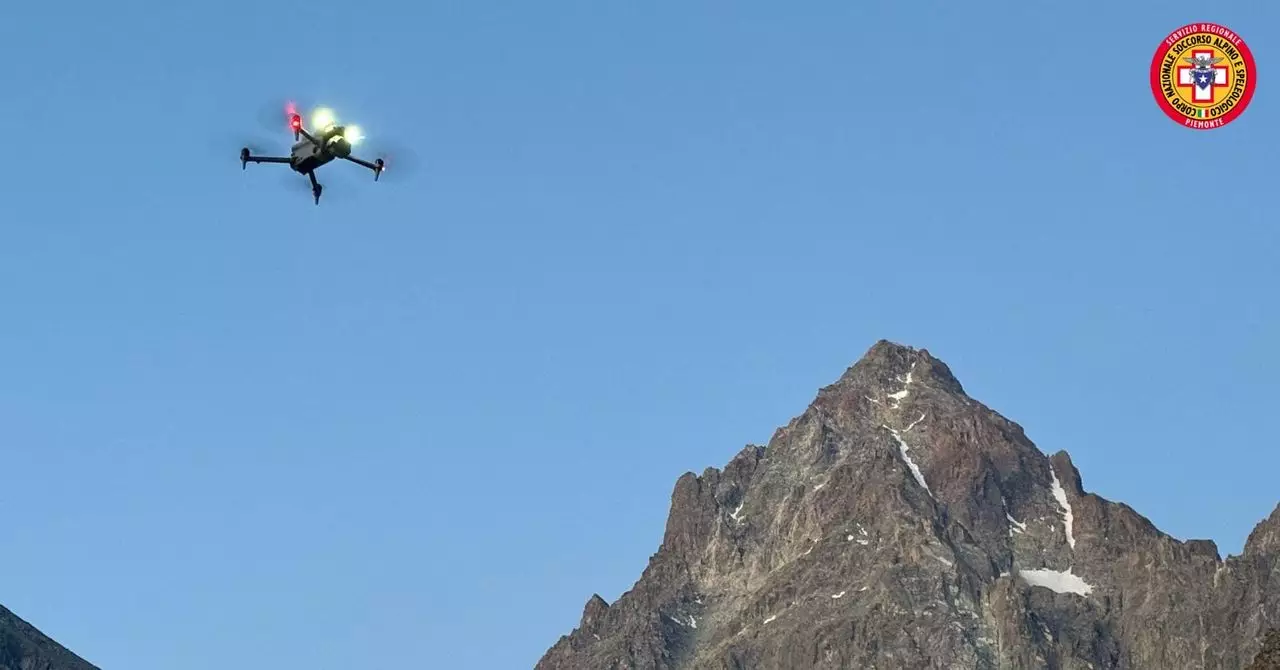Traditional search and rescue missions in rugged, mountainous terrains have long been a daunting and time-consuming endeavor. Rescue teams typically spend weeks or even months combing through vast, treacherous landscapes, often with limited success. The case of the missing hiker on Monviso exemplifies how emerging technological innovations, particularly artificial intelligence (AI), are fundamentally reshaping this paradigm. What once took weeks now can be accomplished within a single afternoon, drastically increasing the chances of successful recovery and saving lives that might otherwise be lost to time and terrain.
This evolution is not merely incremental but revolutionary. When the National Alpine and Speleological Rescue Corps (CNSAS) employed AI-equipped drones, they leveraged a system capable of analyzing thousands of images instantaneously. The process involved capturing a massive dataset of 2,600 frames over a 183-hectare area from approximately 50 meters above ground—an operation that would have been logistically complex and prohibitively slow for human resolution alone. However, AI’s rapid processing ability turned this data into actionable intelligence in mere hours, pinpointing critical clues like a helmet’s pixel anomalies, which led rescuers right to the victim’s body at an altitude exceeding 3,000 meters.
This shift not only highlights technological advancement but also signals a turning point in rescue strategy and efficiency. AI-driven image analysis reduces human error, eliminates fatigue, and works tirelessly in conditions that drain human resources. The swift identification of the helmet’s distinct coloration, contrast, and pixel irregularities underscores AI’s superior pattern recognition capabilities—an essential asset when every minute counts in life-or-death situations.
AI as a Force Multiplier in Mountain Rescue
The success story on Monvisounderscores a critical hybrid approach that combines human expertise with AI’s computational prowess. The CNSAS team deployed two drones equipped with sophisticated color and shape recognition algorithms, guided by highly experienced rescue personnel. This synergy exemplifies a new breed of rescue operations where technology acts as an extension of human skill rather than a replacement. AI narrows down the search area rapidly, while seasoned rescuers validate and act upon this information with agility.
This approach mitigates some of the core challenges faced by traditional rescue efforts: difficult terrain, unpredictable weather, and time-sensitive conditions. In this scenario, fog and changing weather threatened to delay crucial operations, but AI’s rapid preliminary analysis allowed for strategic planning and timely deployment of ground crews and helicopters. Without such tools, days or weeks could have elapsed before finding the victim’s body, effectively decreasing the likelihood of a successful recovery.
Interestingly, this case also highlights the pivotal role of ancillary data sources like cell phone information, further augmenting the AI system’s accuracy. Combining digital footprints with drone-captured visuals creates a comprehensive situational awareness that continually enhances rescue efficacy. The integration of such multi-channel inputs represents an intelligent approach to maximizing the strengths of different technologies.
Looking Ahead: Ethical and Operational Implications
While this technological leap brings undeniable benefits, it also raises critical questions about reliance, ethics, and future prospects. The CNSAS’s methodology demonstrates that drone and AI technologies are becoming indispensable, but how prepared are rescue agencies worldwide to adopt and adapt to this new standard? The investment in technology, training, and maintenance must be standardized and accessible to prevent deepening the disparity in rescue capabilities across regions.
Furthermore, issues of privacy and data security emerge as AI begins to analyze not just images but also personal information such as cell phone data. Ensuring that these powerful tools are used ethically and with proper oversight is essential to maintain public trust and legal compliance.
Finally, one must consider whether AI-driven rescue systems could someday extend beyond search operations, perhaps predicting disaster zones, monitoring environmental changes, or even preventing accidents before they happen. The potential is immense, but so are the challenges—balancing technological progress with ethical responsibility remains crucial.
In the end, the rescue scenario on Monviso more than just exemplifies a technological success story; it suggests a future where AI becomes an essential partner in safeguarding human life amid Nature’s most unforgiving landscapes. This deliberate marriage of human intuition and machine intelligence marks a pivotal shift toward more effective, humane, and swift disaster response protocols.

